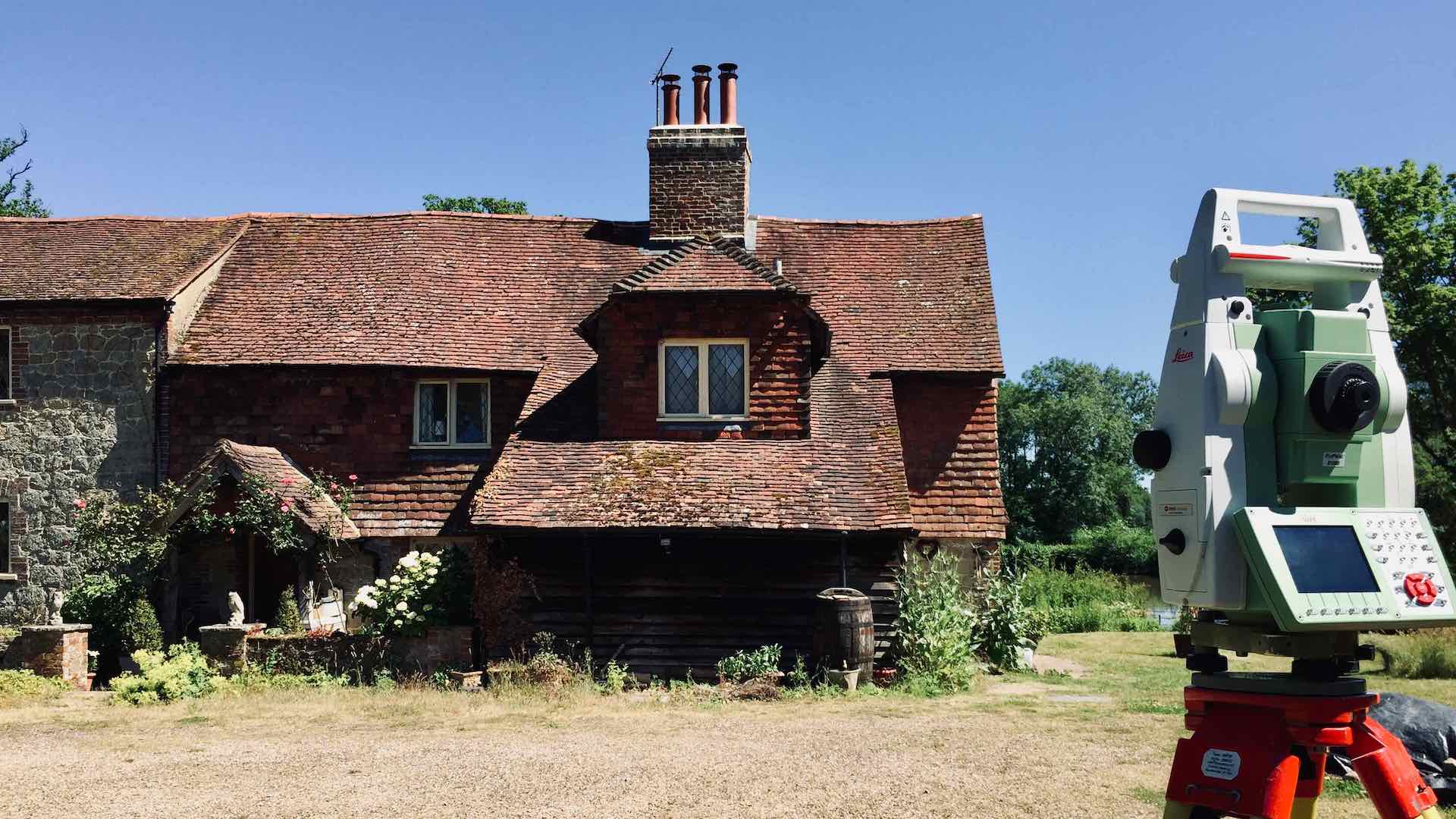Heritage & historic building surveys are specialised surveys conducted to assess and document the existing physical features, dimensions and condition of buildings. Here is everything you need to know about these surveys:
- Measured survey: We typically undertake measured building surveys using advanced surveying techniques and equipment including laser scanners, total stations and handheld measurement tools. The surveys provide accurate floor plans, elevations, sections and 3D models of buildings. These drawings and models give a detailed representation of the existing condition and architectural features.
- Condition Assessment: In addition to capturing measurements, we can provide specialised condition assessment where there are defects or concerns about part of a buildings structure or fabric, such as cracking, movement and damp. We investigate, assess and report on the problem areas. We may use non-destructive testing methods, such as moisture mapping, to assess hidden issues without causing damage to the building. Alternatively, an invasive inspection can be undertaken where required.
- Expertise: We are well placed to undertake this type of survey as we have the specialised knowledge and expertise in architectural history, conservation principles and surveying techniques and have a deep understanding of materials and construction methods used.
- Features Measured: Heritage and historic measured building surveys capture both the internal and external features of a building. Internal features include walls, doors, windows, staircases, columns, and room dimensions. External features include the building’s footprint, façade, roof, chimneys, and any other architectural elements. The surveyors may also measure the location and dimensions of utility services, such as electrical, plumbing, and HVAC systems.




